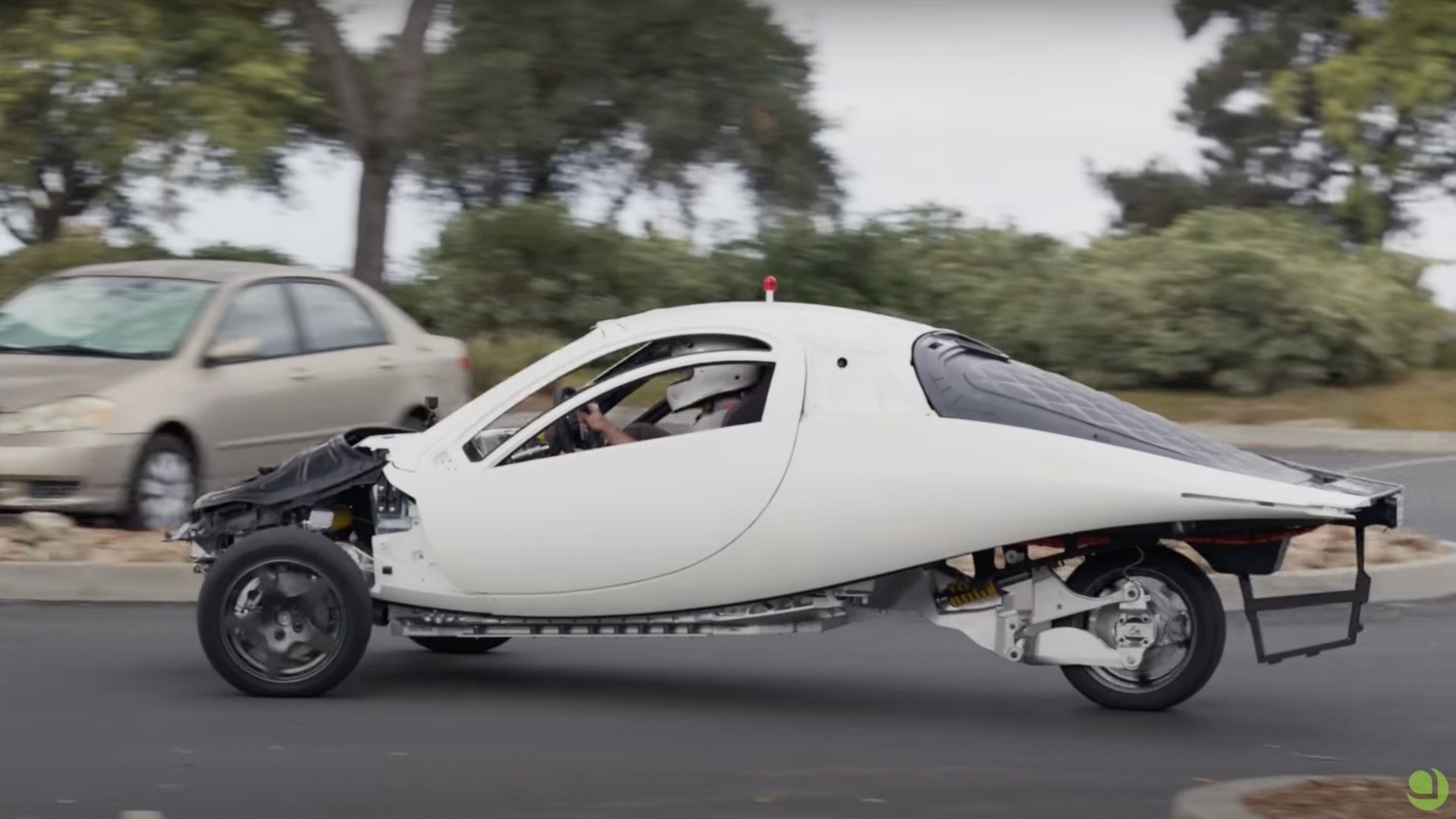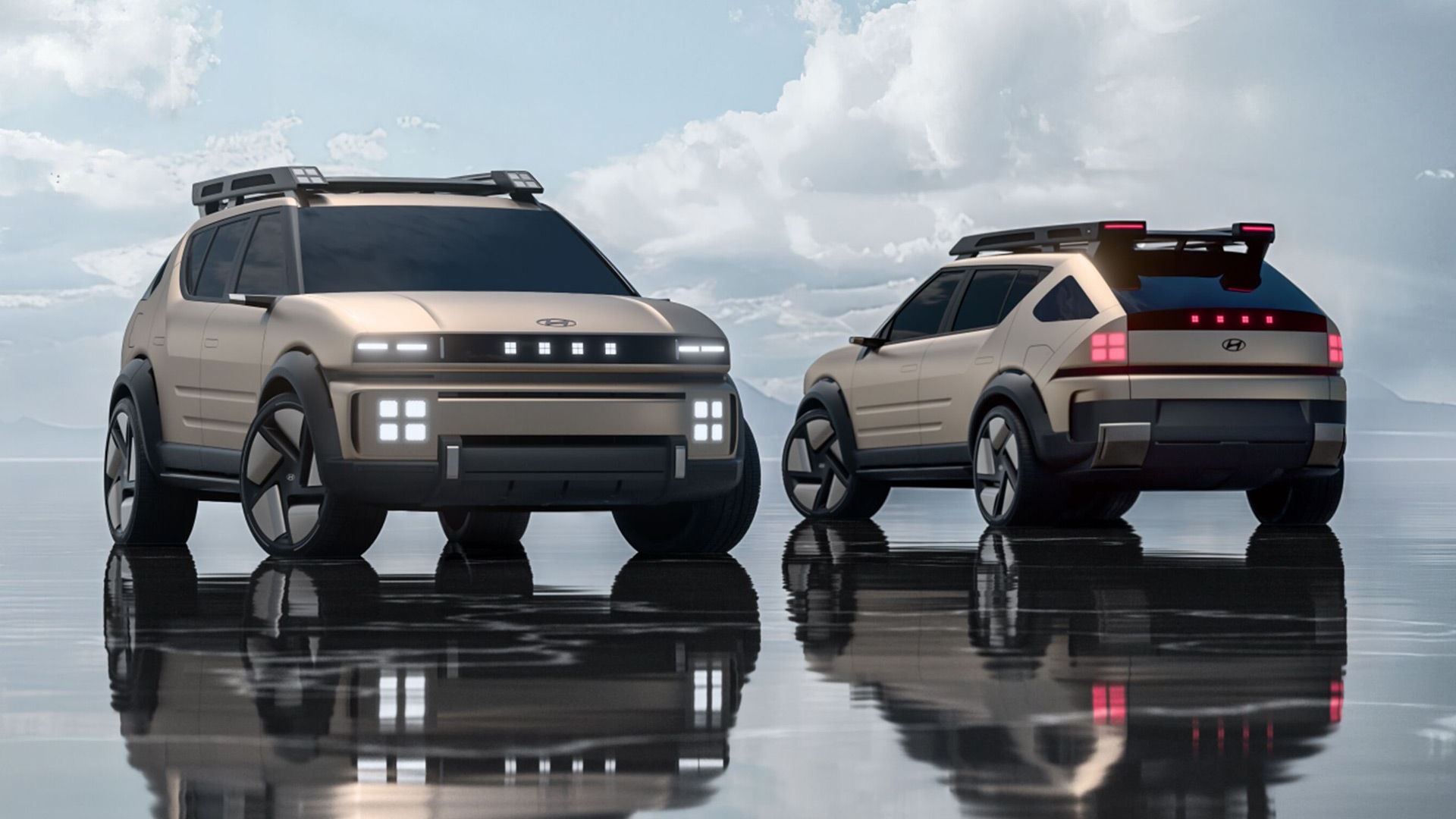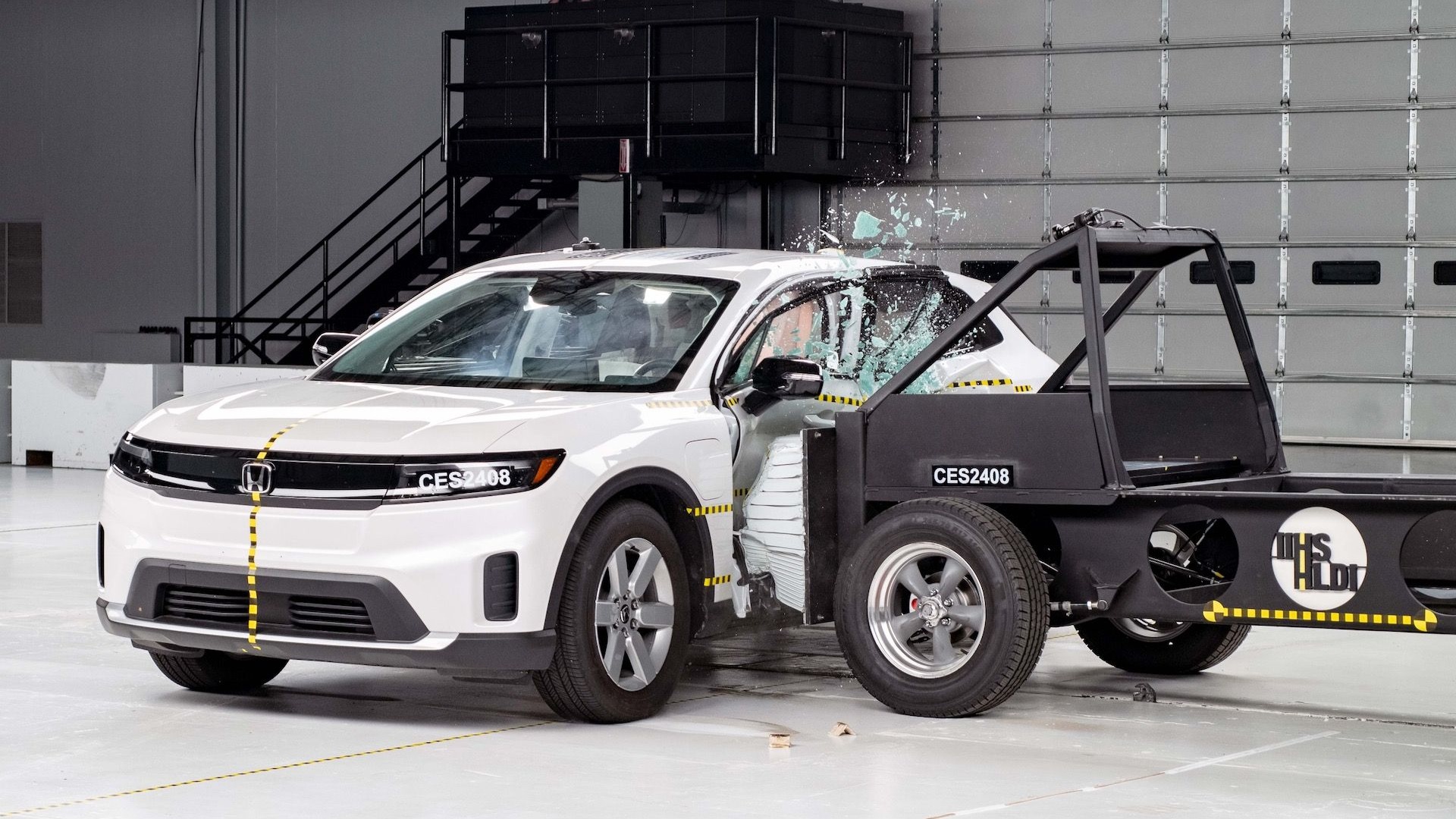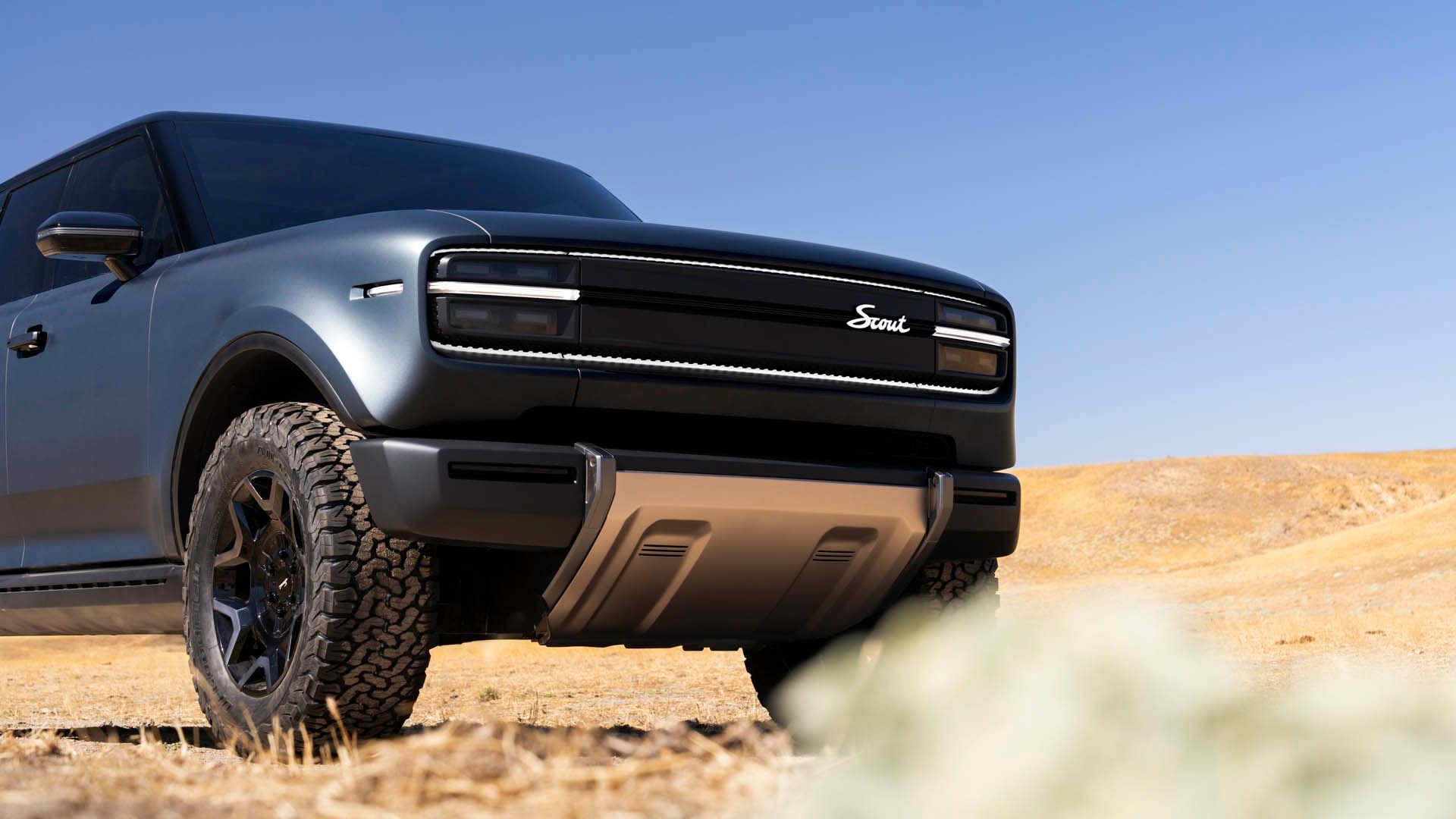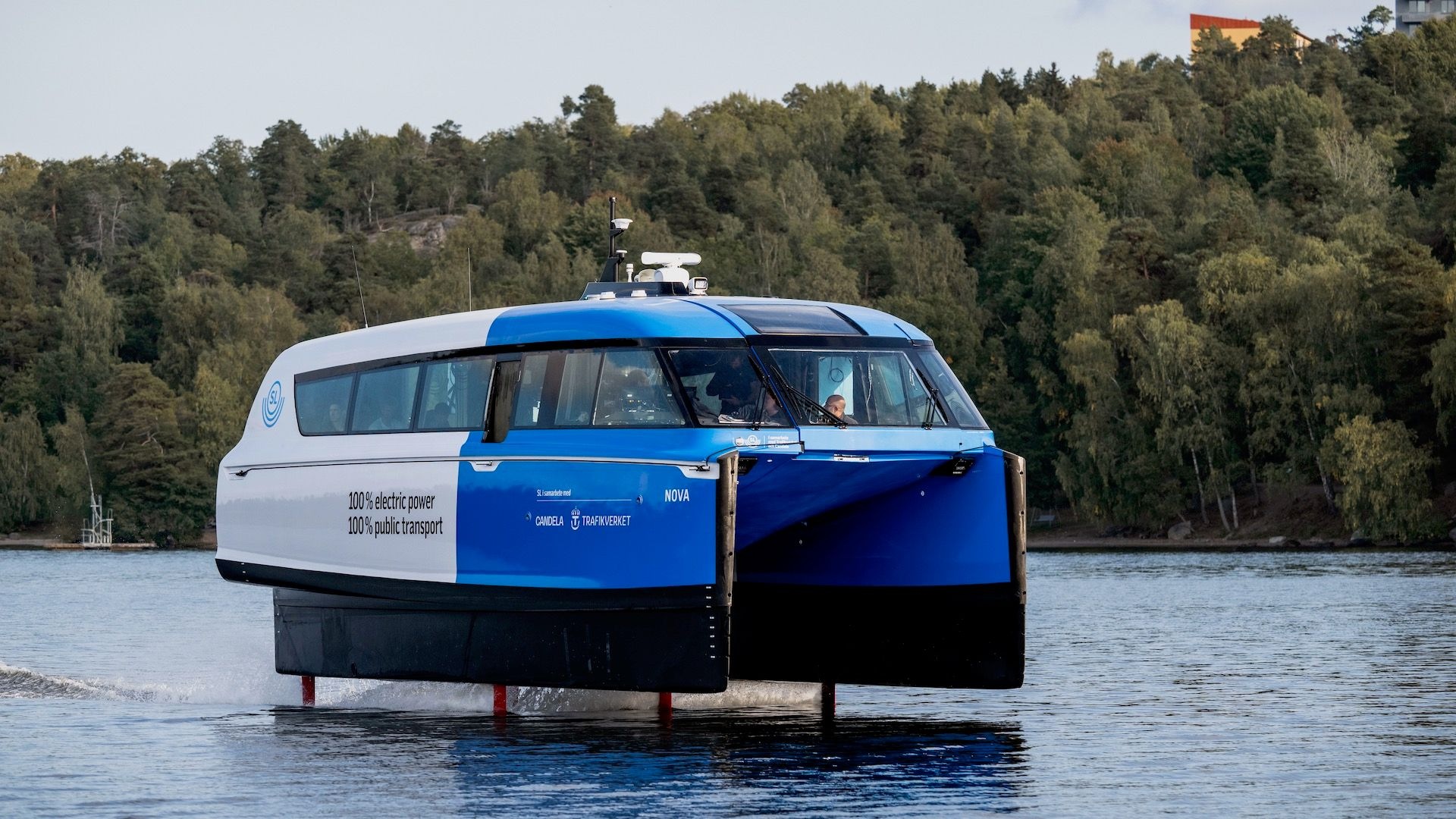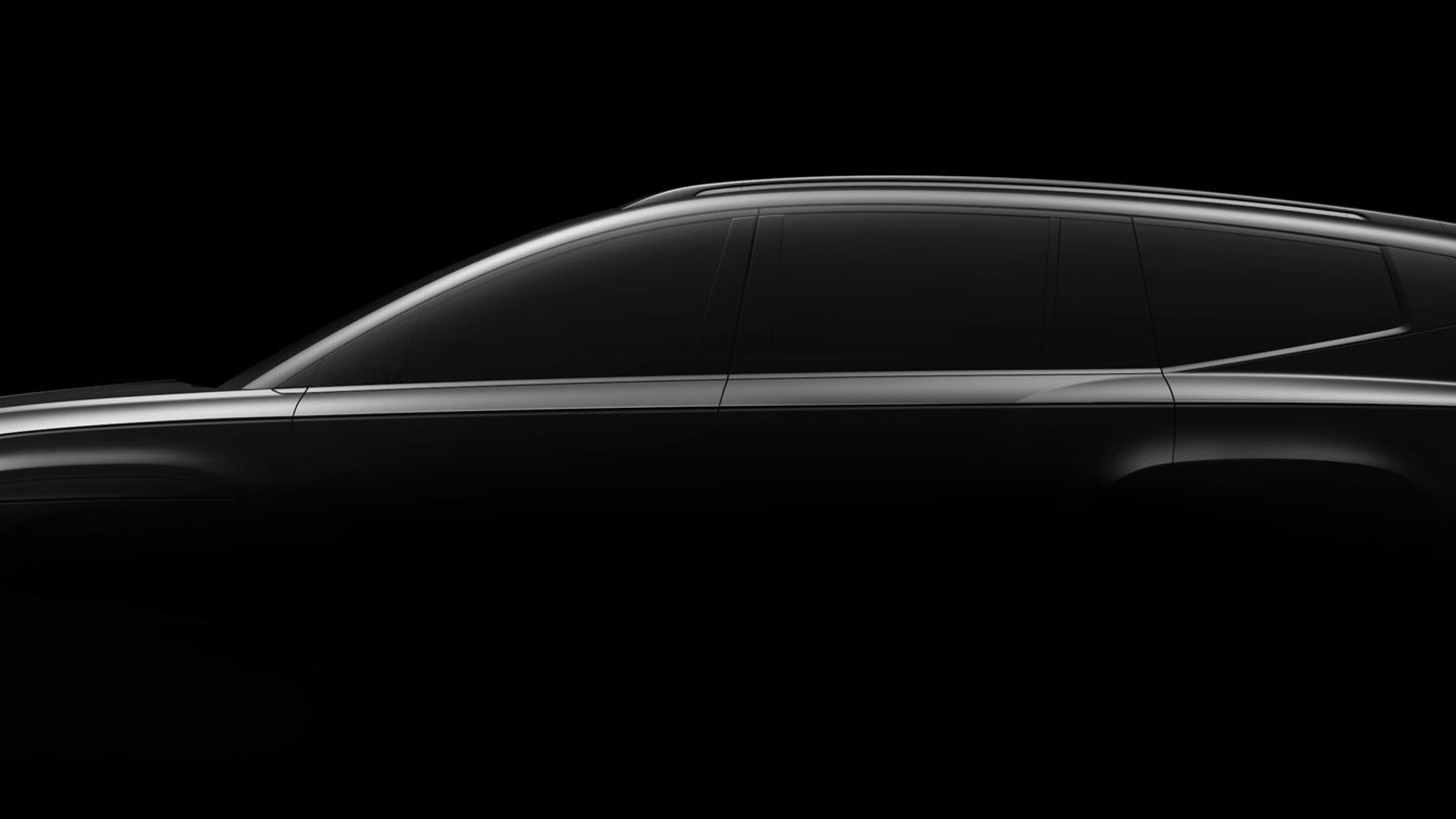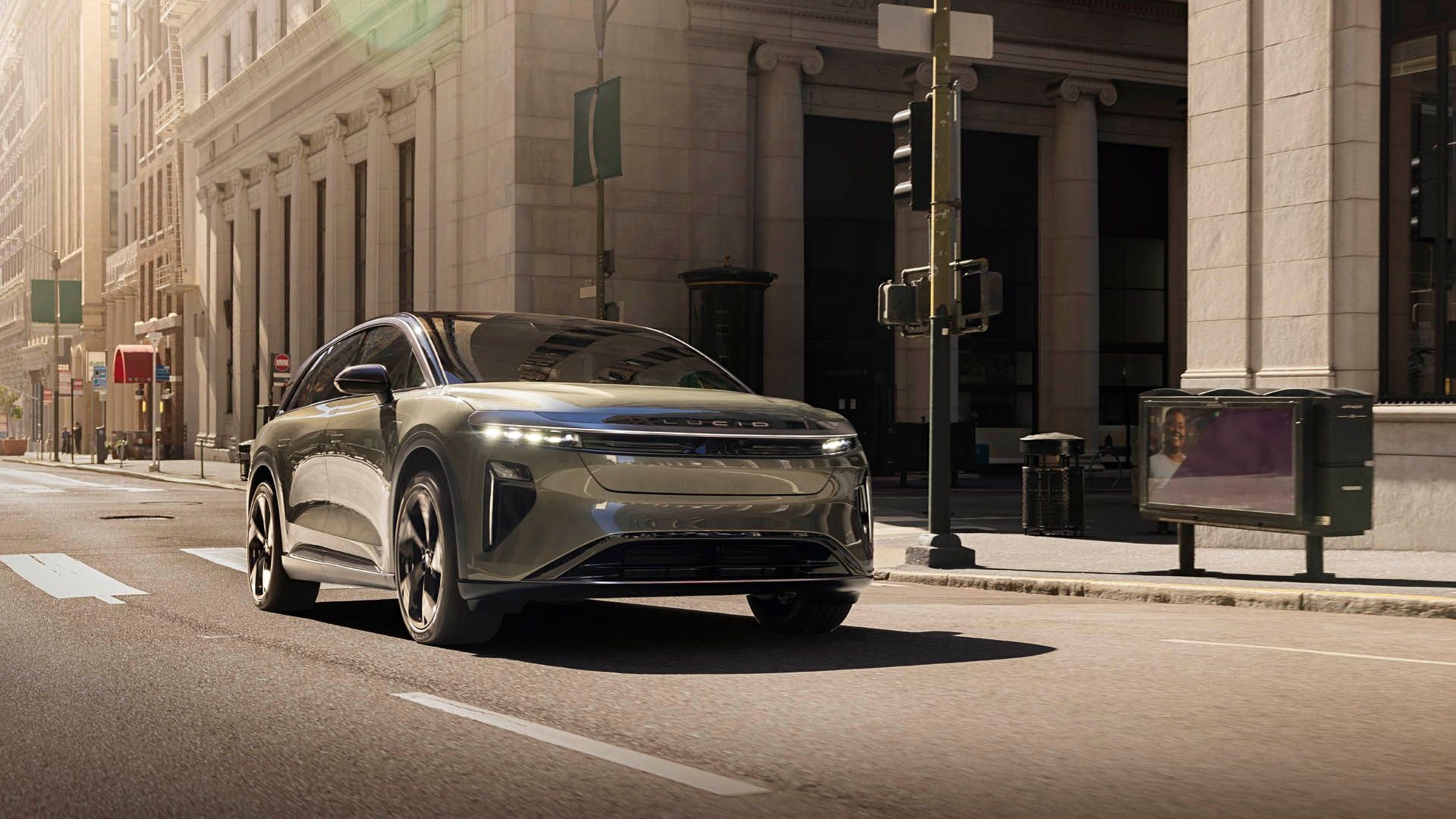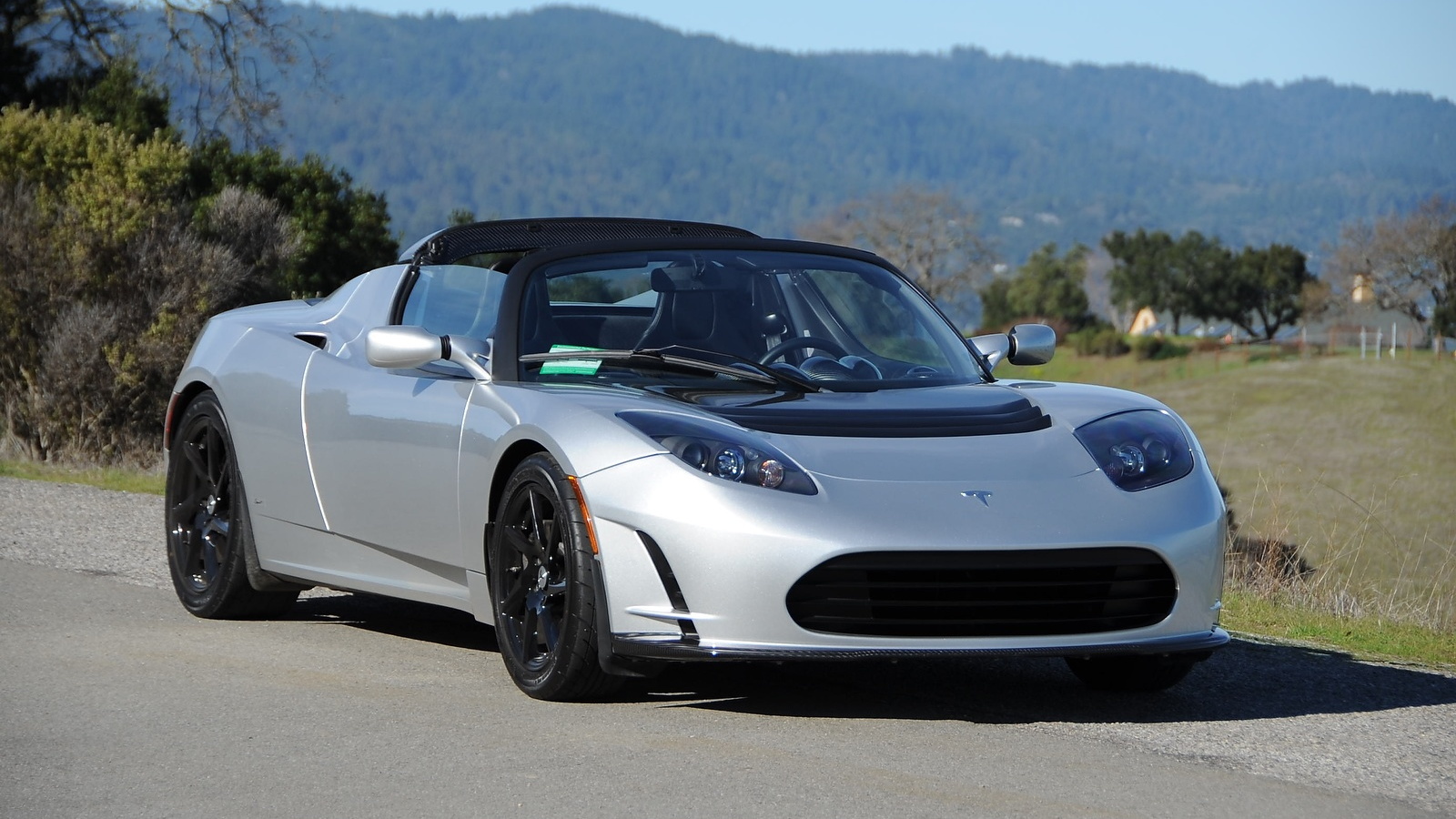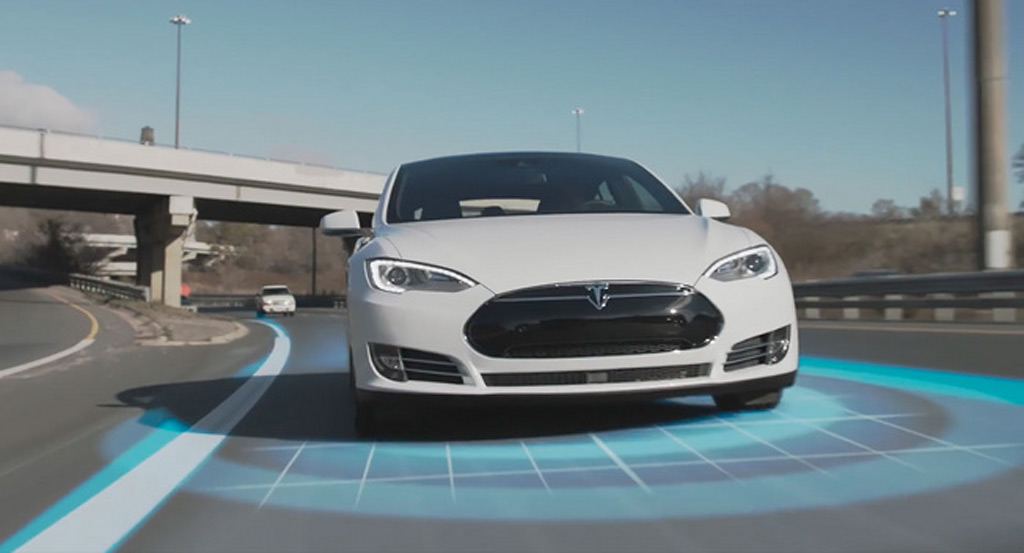
Tesla Autopilot
A recent news item from California aimed directly at Tesla's Autopilot system has me musing on words, meanings, and life and death.
Last week, that state's Department of Motor Vehicles published the draft of a proposed new regulation that “…prohibits the advertisement of lower levels of automated systems, where the human driver is still responsible for monitoring or control of the vehicle, as ‘autonomous,’ ‘self-driving,’ or other similar terms.”
The word “auto-pilot” is then cited as a word that could “induce a reasonable person to believe a vehicle is autonomous….”
Autopilot, of course, comes from the aviation world. But does the Autopilot system from Tesla Motors perform anything like the autopilots in aircraft?
DON'T MISS: Tesla Autopilot 8.0 upgrade would have averted fatal crash, Musk says
As both a Tesla Model S owner and a former private pilot, I’ve used both.
In my experience, the two systems play vastly different roles in a pilot/driver’s interaction with his vehicle.
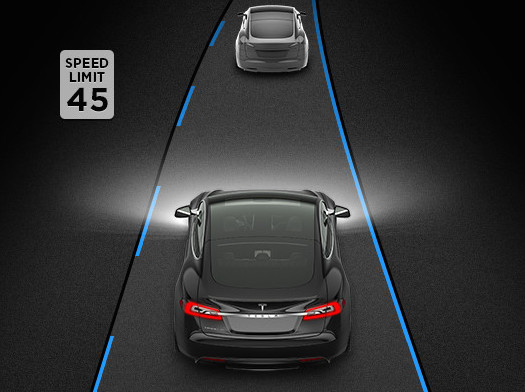
Tesla Autopilot suite of features - with version 7.0 update
Plane vs car
Any Tesla driver who thinks his “Autopilot” performs anything like an aircraft autopilot will be sadly mistaken.
Surprisingly, the Federal Aviation Administration’s autopilot regulations, as quoted by Electrek, sound a lot like Tesla’s official admonitions about its earthbound Autopilot.
Says the FAA: “While the autopilot relieves you from manually manipulating the flight controls, you must maintain vigilance over the system to ensure that it performs the intended functions and the aircraft remains within acceptable parameters of altitudes, airspeeds, and airspace limits.”
Tesla, in the dashboard alert it flashes to drivers who turn on Autopilot, warns, “…you need to maintain control and responsibility for your vehicle…Be prepared to take over at any time.”
But there the similarity ends.
ALSO READ: 2016 Tesla Model S vs original: how do they compare in value?
Based on my experience, airplane autopilots are far more reliable and effective than their Tesla cousins.
In fact, it’s not even close.
And because there’s so little to run into up in the skies, the consequences of momentary pilot inattention are actually far less dangerous than on a highway.
So I’d have to agree with the DMV. Using the word “Autopilot” to describe Tesla’s driver-assistance features may very well contribute to the false sense of security that apparently triggered at least two fatal Tesla accidents.
![Tesla Model S on Australia's Northwest Coastal Highway [photo: Robert & Robin] Tesla Model S on Australia's Northwest Coastal Highway [photo: Robert & Robin]](https://images.hgmsites.net/lrg/tesla-model-s-on-australias-northwest-coastal-highway-photo-robert-robin_100562697_l.jpg)
Tesla Model S on Australia's Northwest Coastal Highway [photo: Robert & Robin]
Aircraft autopilot functions
The autopilots typically found in small private planes have a range of functions.
The most basic is a simple “wings-level” mode. Most autopilot-equipped small planes also have a heading-hold mode. Some have altitude hold and radio beacon tracking as well.
Small planes that fly in instrument conditions—in clouds or in visibility less than three miles—typically have at least a heading-hold autopilot.
CHECK OUT: 2016 Tesla Model X electric SUV first drive by Model S owner
Flying a small plane in instrument conditions can be tricky. With no visual reference to the horizon, g-forces can make up feel like down—or sideways.
Without an autopilot, a pilot must manually fly the plane by constantly scanning and cross-checking multiple instruments—artificial horizon, directional gyro, airspeed, altitude, and rate of climb.
It’s a challenging task that requires absolute concentration, especially in turbulence. Over time, it can be exhausting.
Under these conditions, an autopilot is an absolute godsend, allowing the pilot to relax and focus on route planning, engine management, and so forth. For an instrument pilot, a good autopilot is a virtual necessity.

Tesla Autopilot
Aircraft autopilots are so confidence-inspiring, in fact, that there have been a number of cases where both pilots of a commercial airliner have fallen asleep at the wheel simultaneously.
In all cases, the autopilot simply kept the planes flying straight and level until the pilots woke up, sometimes well past their destinations.
I certainly never came close to falling asleep as a pilot—but after take-off in low-visibility conditions, I always breathed a huge sigh of relief once I pressed that autopilot button.
No relief on the road
But I found the exact opposite to be true with the Tesla Autopilot.
In typical urban and suburban freeway driving, constantly monitoring the Autopilot took more of my attention and mental energy than simply driving the car.
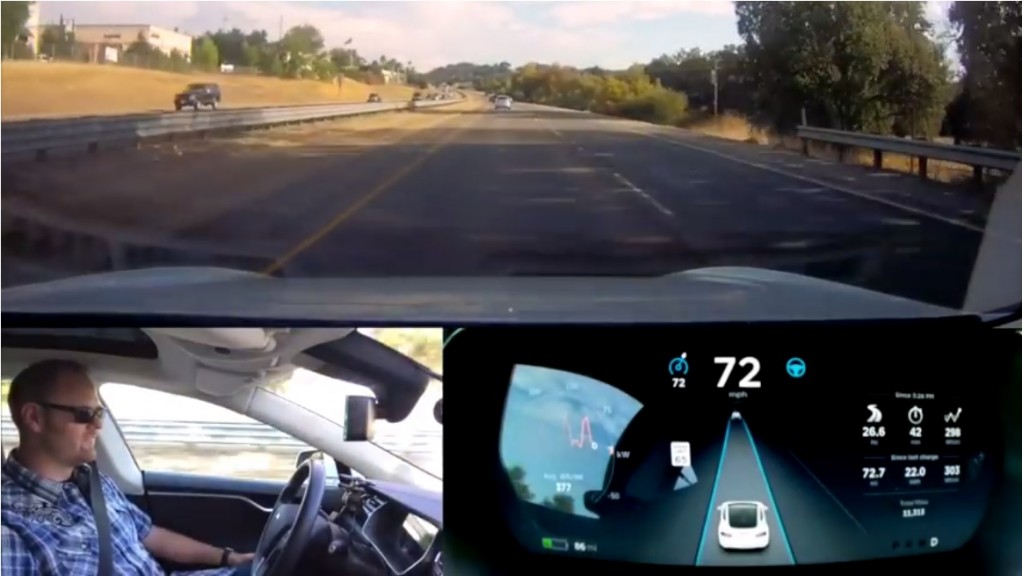
Tesla Autopilot Test
For me, the big sigh of relief on California’s 101 Freeway came when I turned the Autopilot off, not on.
Low-traffic rural Interstates and stop-and-go traffic-jam driving were the exceptions: Autopilot proved to be an effective stress-reducer.
The caveat is that in my current life, I rarely drive in either of those situations.
Trust issues
To be fair, Tesla Autopilot and I got off to a bad start.
Five seconds after I turned it on for the first time in a 90D loaner car I was driving for a day, it swerved halfway into the next lane before I could stop it.
Turns out it had been following the concrete grooves in the pavement, rather than the painted lane lines—and the two had diverged at that point.
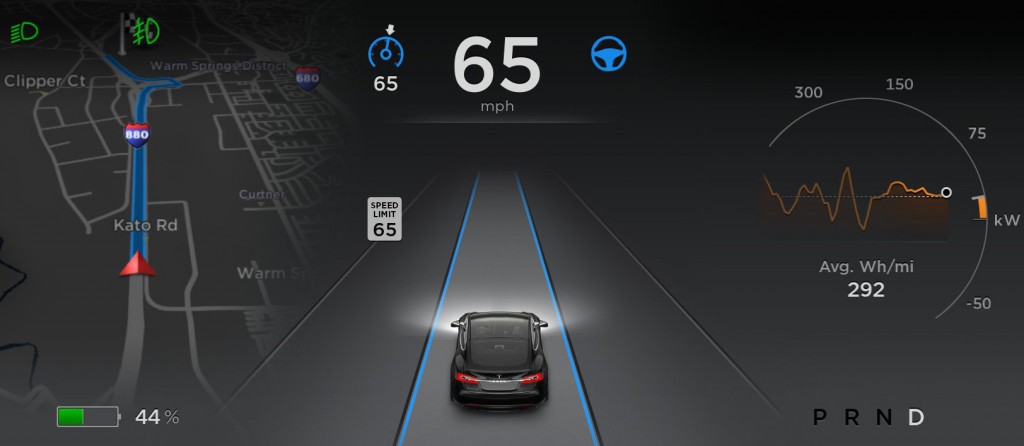
Tesla Autopilot suite of features - with version 7.0 update
When following a curving lane, Autopilot would initiate the turn a fraction of a second after I would have started the turn had I been driving.
As a result, I was constantly on edge, wondering whether it was going to start the turn or not.
I also found that Autopilot couldn’t figure out what to do when driving in a right-hand lane that ended, when traffic was supposed to merge left.
The bottom line was, I didn’t entirely trust the thing—and I wasn’t supposed to. That’s what Tesla’s warnings are all about: you can’t trust it.
My confidence was not helped after reading a Car and Driver road test of a Tesla with Autopilot.
Drivers at the enthusiast publication documented 29 “lane control interruptions” along a 50-mile test route.
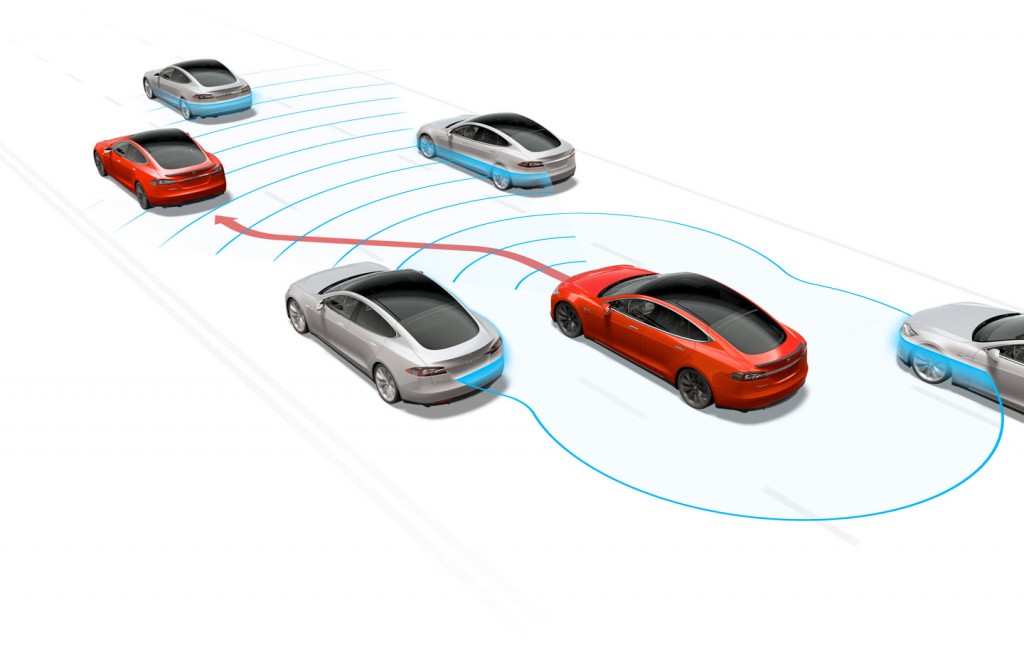
Tesla Autopilot sensor system
That’s one hiccup every two minutes or so. And an autopilot that screwed up every two minutes would never be allowed anywhere near an airplane.
An aviation autopilot is reliable and effective. You can trust it. A Tesla Autopilot is not, and you can’t.
Big sky
Autopilot trustworthiness aside, the consequences of pilot inattention in an airplane are typically benign. It’s a big sky out there.
In good weather, a pilot barely has to think about the autopilot once it’s turned on. Read maps, eat, talk. Whatever. Even at 200 mph, you’re unlikely to hit anything.
And if the rare autopilot failure occurs, it will be probably be obvious and non-threatening—a gradual turn off the desired course, rather than, say, a sudden impact with an 18-wheeler.
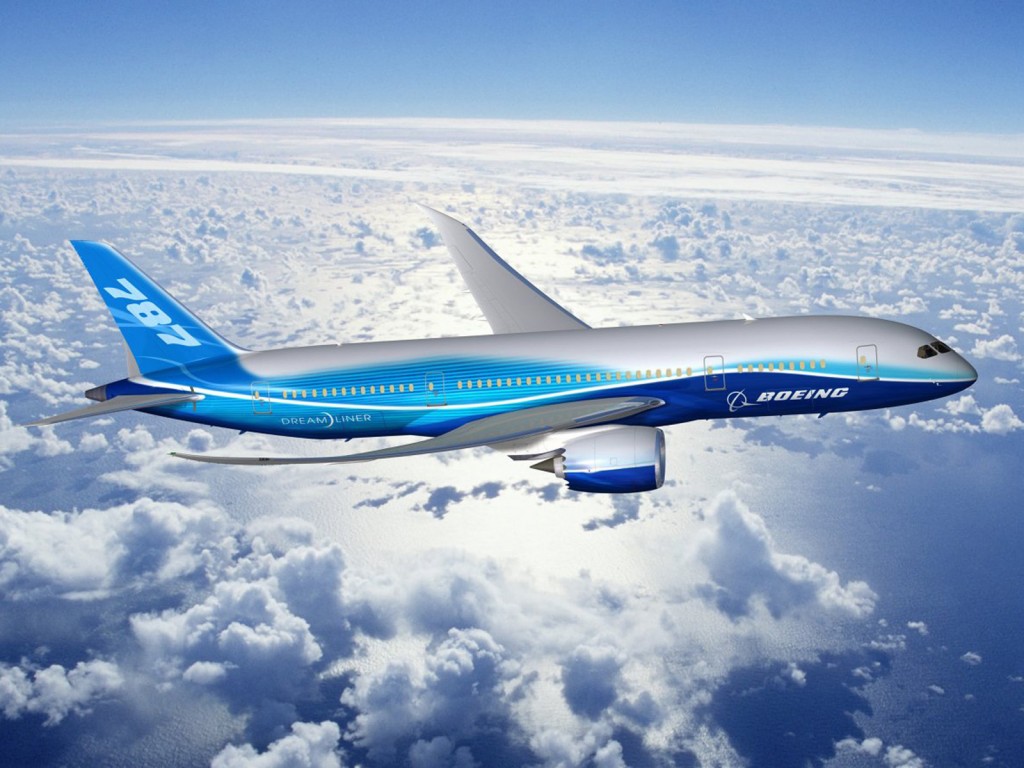
Boeing 787 Dreamliner
An autopilot failure in instrument conditions is potentially more serious, however. Which is why an occasional scan of the instruments is still a good idea.
The automotive equivalent of good-weather flying would be driving across the Great Salt Lake: no roads, no lanes, nothing to hit.
Under those conditions, I’d have a lot of confidence in my car’s autopilot.
By contrast, a Tesla in freeway traffic is a fraction of a second away from hitting something hard at virtually every moment. Any Autopilot hiccup is potentially fatal if the driver isn’t paying attention.
Public perception
In the minds of the general public, an autopilot is perceived as a trustworthy device that flies the plane in place of the pilot.
Recall the autopilot in the hilarious movie Airplane?

2016 Tesla Model S
It was a blow-up doll, dressed in blue, with wings on his chest. It was the equivalent of a human pilot even down to its interaction with a stewardess.
But the Tesla Autopilot is by no means a device that drives the car, any more than cruise control “drives” the car. And many people seem not to understand that.
It’s a useful tool. Call it "adaptive cruise control with lanekeeping," perhaps.
But until the car is truly autonomous, don’t call it Autopilot.
_______________________________________
